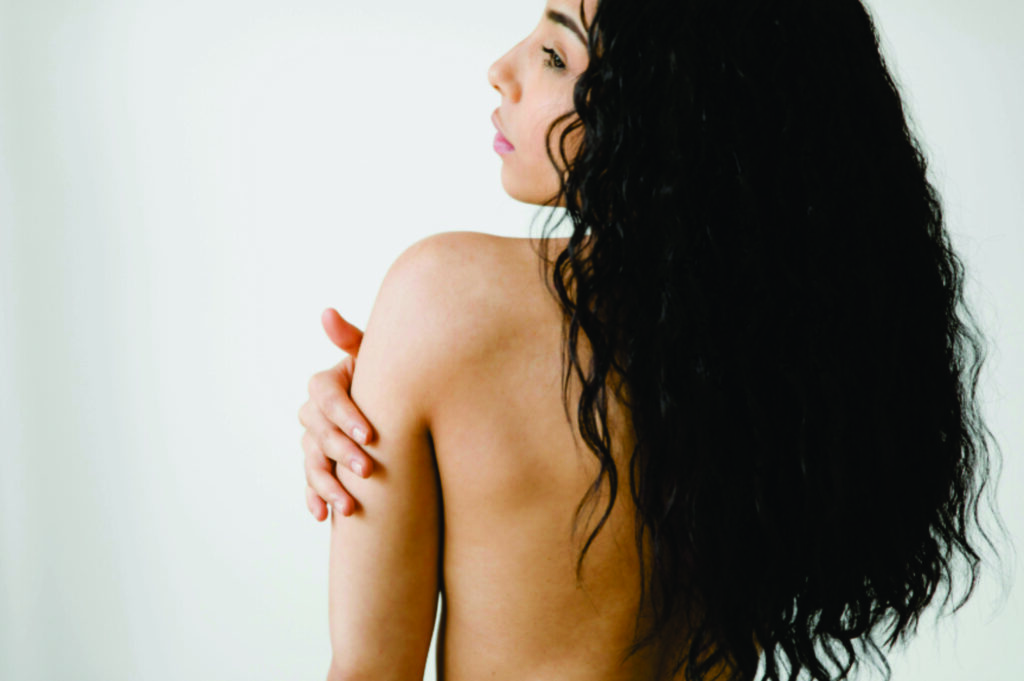African Braids: Pros and Cons are often discussed due to their versatility and protective benefits. Also known as Afro braids, these styles offer both aesthetic appeal and hair protection. This guide explores different types of braids, their advantages, drawbacks, and essential care tips, backed by research and expert opinions.
A 2021 study in the Journal of the American Academy of Dermatology found that protective styles like braids help reduce hair breakage and retain length when maintained properly (Callender et al., 2021).

Types of African Braids
Box Braids
Box braids are one of the most common types of African braids. They involve sectioning hair into small, square-shaped parts and braiding each section. These braids can be long or short, thick or thin, and often include beads or rings. This style is highly customizable, making it suitable for both casual and formal occasions.
According to hairstylists, box braids protect hair ends from damage, reducing split ends and breakage. However, they should not stay in for more than eight weeks to avoid tension-related hair loss (American Academy of Dermatology, 2022).
Cornrows
Cornrows are tight braids woven close to the scalp in straight lines or intricate patterns. They require little maintenance and can last for weeks with proper care. In African history, cornrows held cultural significance, symbolizing social status, age, and tribe.
A beauty forum user shared their experience with cornrows, noting that wearing them for four weeks improved their hair retention. They emphasized the importance of regular scalp moisturizing to prevent dryness.
Senegalese Twists
Senegalese twists, or rope twists, use two strands of hair twisted together. They create a sleek, elegant look. Many people prefer this style for its lightweight feel and versatility.
Senegalese twists reduce manipulation, helping prevent damage. Experts advise against using excessive extension weight, as it can strain the hairline.
Fulani Braids
Fulani braids blend thin cornrows with individual braids. Inspired by the Fulani people of West Africa, this style often includes beads and decorative accessories. It is commonly seen on red carpets and fashion runways.
A 2022 study on cultural hairstyles highlighted that Fulani braids remain a symbol of heritage and identity among the African diaspora (Smith et al., 2022).
Goddess Braids
Goddess braids are larger, thicker cornrows that create a bold and regal appearance. They work well for special occasions and can be styled in buns, ponytails, or worn loose.
Micro Braids
Micro braids are extremely thin braids that take hours to install. Despite the long process, they offer styling versatility, including updos and curls. However, dermatologists warn that wearing micro braids too tightly can cause traction alopecia (Harvard Medical School, 2021).
Pros of African Braids 
- Protective Style: Braids protect natural hair from breakage and environmental damage.
- Low Maintenance: Once installed, braids require little daily styling, saving time and effort.
- Versatility: They can be styled in buns, ponytails, or intricate designs.
- Longevity: With proper care, braids can last four to eight weeks.
- Cultural Expression: African braids allow individuals to showcase their heritage and creativity.
Cons of African Braids
- Time-Consuming: Installing braids can take several hours, depending on style and thickness.
- Scalp Tension: Tight braids may cause discomfort or hair loss if installed improperly.
- Maintenance Required: Regular moisturizing prevents dryness and itching.
- Costly Installation: Professional braiding is often expensive due to the skill involved.
Hair Care Tips for African Braids
Keep Your Scalp Moisturized
Use lightweight oils like jojoba or argan oil to keep your scalp hydrated and prevent itching. Moisturizing regularly prevents dryness and flaking. A study in the International Journal of Trichology found that scalp hydration reduces traction alopecia risk (Adekunle et al., 2020).
Wash Gently
Wash your braids every two weeks with diluted shampoo. Focus on cleansing the scalp while avoiding excessive rubbing to maintain the braids.
Protect at Night
Wrap your braids with a silk or satin scarf to reduce frizz and preserve neatness. A silk pillowcase also helps maintain hair moisture.
Avoid Over-Manipulation
Limit excessive pulling or styling to prevent breakage and scalp stress.
Use Lightweight Products
Heavy products cause buildup. Opt for lightweight serums and sprays for hydration without residue.
History and Cultural Significance
African braids have a history spanning thousands of years. In African societies, braiding styles signified social status, marital status, age, and community. Today, braids remain a global expression of cultural pride and individuality.
A Smithsonian Institution article on African hairstyles explains that intricate braiding patterns were often passed down through generations, preserving historical meaning (Smithsonian, 2019).
Conclusion
African braids are both stylish and protective, with numerous options available. Studies confirm that when installed and maintained correctly, braids enhance hair health. Whether choosing box braids, cornrows, or twists, proper care is key to keeping them fresh and healthy. Embracing African braids allows individuals to showcase their personality, protect their hair, and celebrate a timeless cultural tradition.
For further reading on African hair care, explore expert recommendations from the American Academy of Dermatology (AAD).
How a Vegan Lifestyle Affects Skin and Hair? – Understanding Body Changes and Care Tips
Effective Hair Strengthening and Growth Tips for Every Hair Type

I’m Victoria, the creator behind Eva My Balance. Passionate about beauty, wellness, sustainable living, and mindful self-care. My mission is to inspire you to live consciously and beautifully—inside and out.



